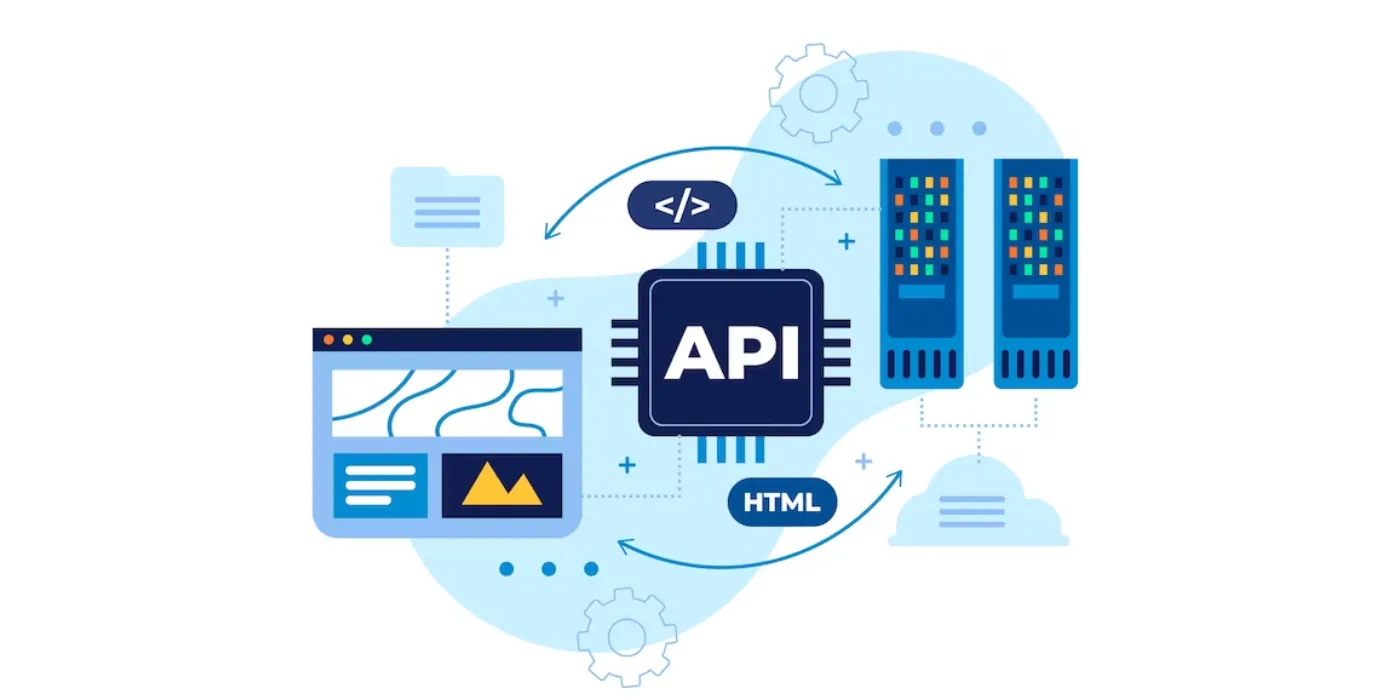In the digital landscape of 2024, APIs (Application Programming Interfaces) have become the lifeblood of interconnected systems, powering everything from mobile apps to IoT devices for Monitor An API. With this increased dependency on APIs, monitoring their performance, security, and reliability has never been more critical. In this article, we’ll explore the evolving world of API monitoring and provide you with a comprehensive guide on how to ensure your APIs are operating at their best.
Key Components of API Monitoring
APIs consist of endpoints through which data is transmitted. Real-time endpoint checks are essential to ensure these gateways are functioning as expected. By continuously monitoring endpoints, you can detect issues like downtime or slow response times promptly. Health and performance metrics provide valuable insights into the overall well-being of your API.

Beyond endpoint monitoring, scrutinizing the data being transmitted is vital. Payload analysis involves validating data for accuracy and completeness. It also includes error detection mechanisms to catch issues like malformed requests or unexpected responses. A robust payload analysis ensures the integrity of data exchanged via your API.
In 2024, data security and compliance have become paramount concerns. API monitoring must encompass authentication and authorization checks to thwart unauthorized access. Compliance with industry standards and regulations, such as GDPR or HIPAA, is non-negotiable. Ensuring your API aligns with these standards is vital for protecting sensitive information.
Tools and Technologies
The integration of machine learning algorithms into API monitoring tools has revolutionized the field. AI-driven systems can analyze vast amounts of data in real-time, identifying anomalies and predicting potential issues before they impact users. This proactive approach enhances API reliability and performance.
API gateways play a pivotal role in managing traffic and enforcing policies. Integration with these gateways allows for seamless traffic management, rate limiting to prevent abuse, and controlled access to your API. It’s a strategic move in ensuring your API operates efficiently.
The scalability and flexibility of cloud-based API monitoring solutions make them indispensable in 2024. Serverless monitoring, offered by cloud platforms, allows you to focus on the core functionality of your API while leaving the monitoring infrastructure to experts. This agility is vital in a fast-paced digital environment.
Best Practices for API Monitoring
Establishing KPIs
Before you start monitoring, it’s crucial to define key performance indicators (KPIs) for your API. These metrics should align with your business objectives. Setting thresholds for acceptable performance levels helps you quickly identify deviations and take corrective action when needed.
API monitoring doesn’t end once your service is in production. Pre-production testing, such as load testing and security assessments, should be routine to catch issues before they reach users. Post-production testing ensures that changes and updates don’t introduce new problems.
API monitoring isn’t just about collecting data; it’s also about responding to incidents effectively. Setting up alerts and notifications for critical issues ensures you’re informed in real-time. When issues arise, a well-structured incident response plan is essential, including root cause analysis to prevent recurrence.
Future Trends in API Monitoring
Predictive Analytics
The future of API monitoring lies in predictive analytics. By analyzing historical data and real-time trends, monitoring systems can anticipate issues before they occur. This shift from reactive to proactive monitoring can minimize downtime and service disruptions while providing prescriptive recommendations for optimization.
Blockchain technology is finding its way into API monitoring by providing immutable logs and robust auditing capabilities. Integrating blockchain enhances trust and security in API transactions, making it especially valuable in industries with stringent data integrity requirements.
As organizations focus on their core business functions, many are opting for API monitoring as a service. Outsourcing monitoring to specialized providers allows businesses to benefit from expertise and dedicated resources, freeing them to concentrate on innovation and growth.
To make use of it, you must first:
- Go to Uptimeapicloud and simply click on the button “Start monitoring with 30-day Free Trial” to start using the API.
- After signing up in Uptimeapicloud, you’ll be given your personal Trail. Click on the Monitors option.
- Click on the New Monitor button and add the API details with the API name and URL.
- Once you are done, make the API call by pressing the button “Create” and see the results on your screen.
Here’s the Example:
Conclusion
In 2024, API monitoring has evolved into a multifaceted discipline essential for ensuring the seamless operation of digital services. By embracing advanced tools and technologies, adhering to best practices, and staying ahead of emerging trends, you can ensure that your APIs remain reliable, secure, and ready for the challenges of the digital future.

